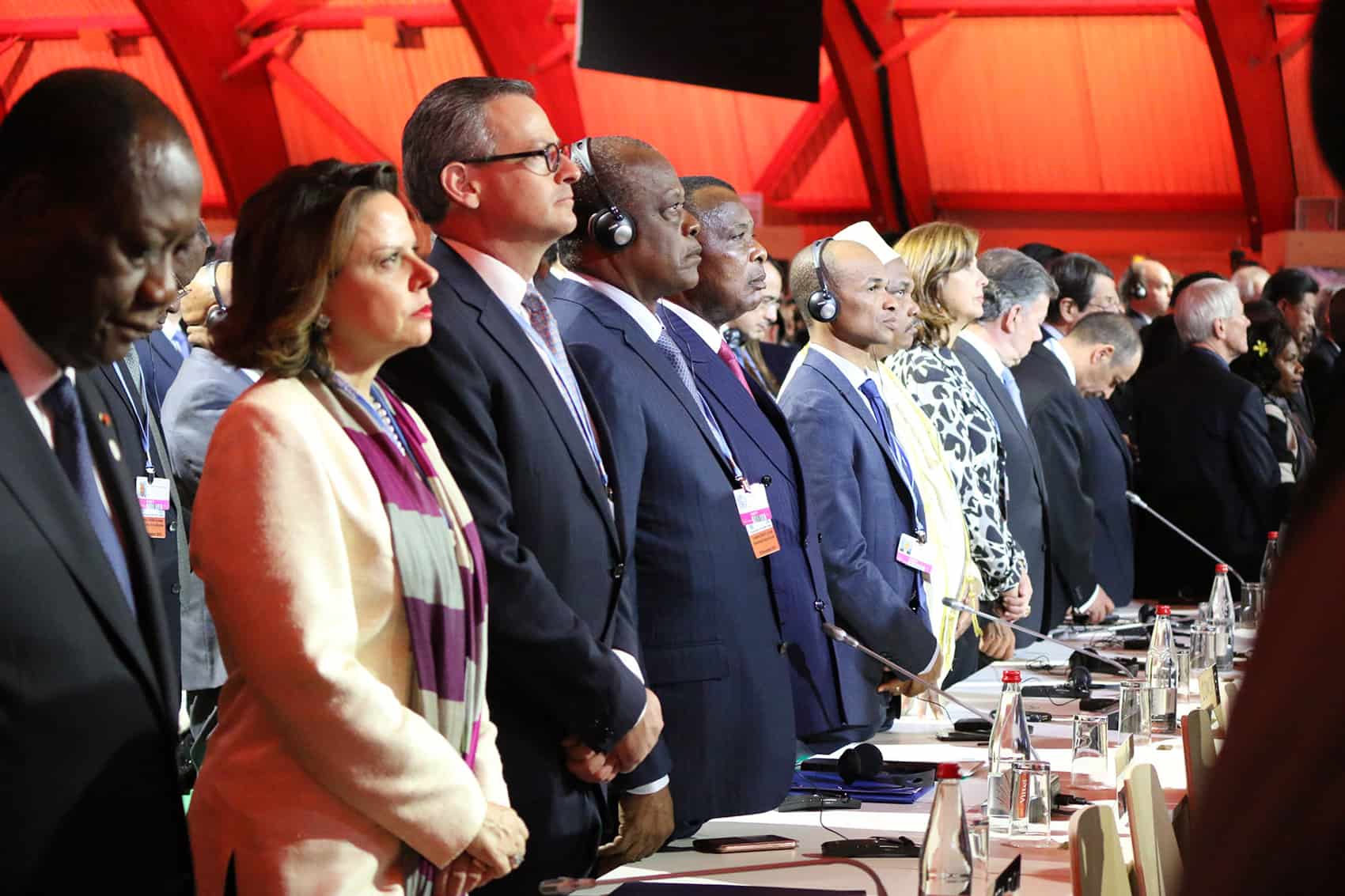Costa Rica became a darling of environmentalists when it announced in 2008 its goal of becoming the world’s first carbon neutral country by 2021. Despite seeming to back down from that pledge in the run-up to the current climate negotiations in Paris, Environment Minister Edgar Gutiérrez said the country still has the “most ambitious” national carbon emission proposal in Latin America.
The country wants to become a paragon for low-carbon economies. Speaking with The Tico Time on the 67th anniversary of the abolition of the army, Gutiérrez said that investing in clean energy instead of arms was an obvious answer for countries looking to reduce their carbon footprint.
“We’re not satisfied with just carbon neutrality by 2021,” Gutiérrez said, “We’re going to de-carbonize our economy.”
As part of that commitment, Gutiérrez said that Costa Rica will sign California Governor Jerry Brown’s carbon emissions reduction pledge, committing the country to emit less than 2 metric tons of greenhouse gases per capita annually by 2050, regardless of whether the U.N. Climate Change Conference in Paris yields an agreement. According to Gutiérrez, Costa Rica will have that 2-metric-ton goal beat years ahead of schedule as part of a national effort to achieve zero net greenhouse gas emissions by 2085.
The so-called “Under 2 MOU” agreement was founded by a collection of local leaders, including Brown, from around the world committed to taking action to keep global temperatures from rising more than 2 degrees Celsius before the Paris talks.
Signatories commit to reduce greenhouse gas emissions 80-95 percent below 1990 levels by 2050 or achieve a per capita annual emission target of less than 2 metric tons by 2050. The founding 11 member states and provinces account for $4.5 trillion in GDP, according to a statement from Brown’s office in May.
Gutiérrez said that Costa Rica would hit peak carbon emissions of approximately 9 million metric tons in 2030. From there, the goal is to reduce its per capita emissions to roughly 1 metric ton by 2050 and reach zero per capita emissions before 2100. The environment minister said that President Luis Guillermo Solís’ administration supports the per capita measurement for carbon emissions because it highlights individual responsibility for changing consumption patterns.
“We can reach an agreement between countries but if we don’t involve the people, individuals who also have an obligation to reduce their carbon footprint, we’re not going to reach our goal,” Gutiérrez said. “At the end of the day it’s we individuals who are going to make a difference.”
Gutiérrez said that public transportation initiatives, low sulfur diesel and other initiatives in the National Energy Plan would help Costa Rica reduce the 40 percent of its emissions that come from burning petroleum for transportation.
So far in 2015, Costa Rica has met its electrical demand for 255 days using only renewable sources, according to the Costa Rican Electricity Institute.
But Costa Rica’s record on renewable energy is thanks in large part to its heavy reliance on hydroelectric dams, a strategy that can’t be exported everywhere. Gutiérrez’s answer to that dilemma: find what clean energy option works for one’s country and invest in it.
“How much does India invest in its military?” Gutiérrez said at the National Museum during the 67 anniversary of the abolition of the Costa Rican army. “Get rid of it. Invest in education, health and clean energy.”






